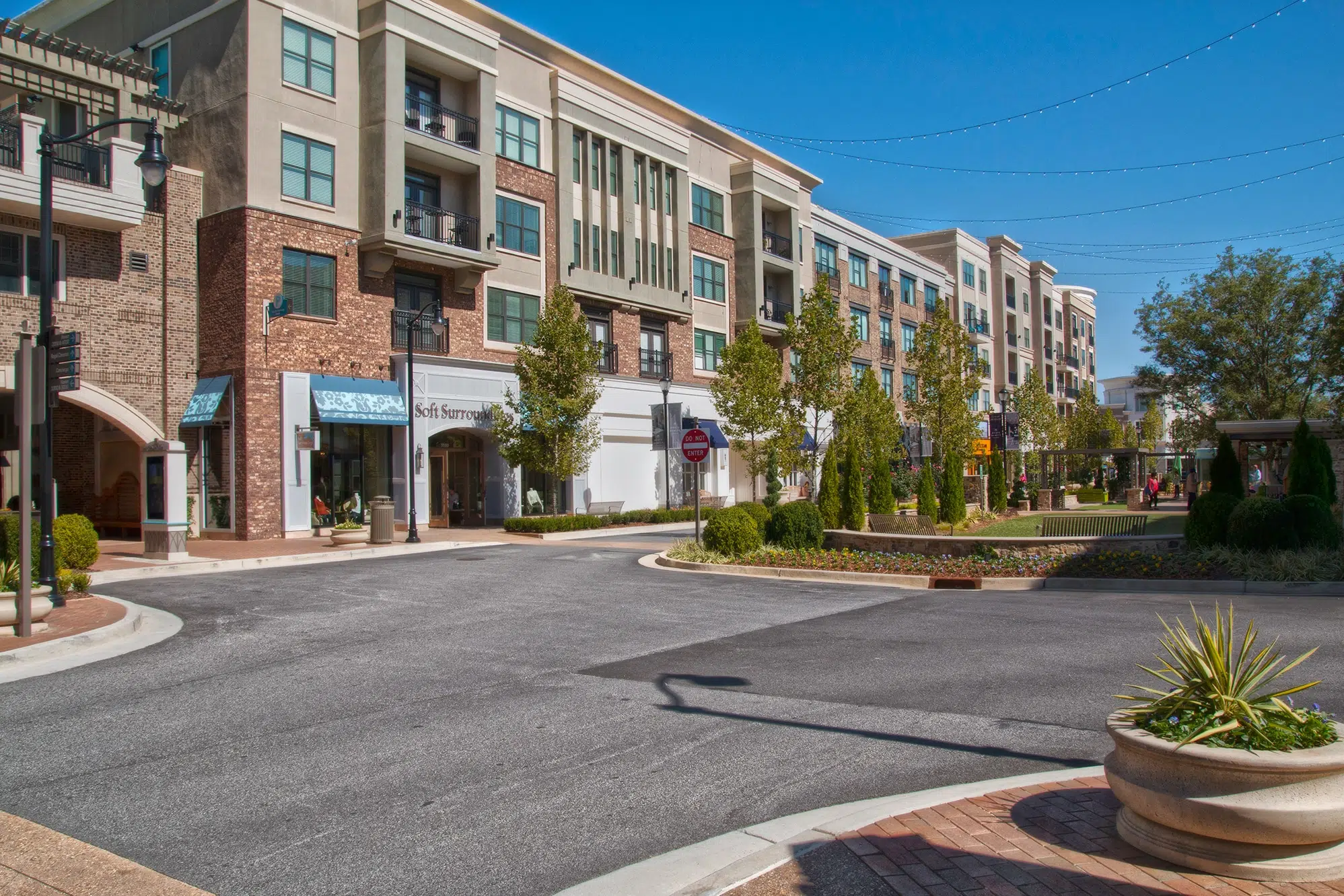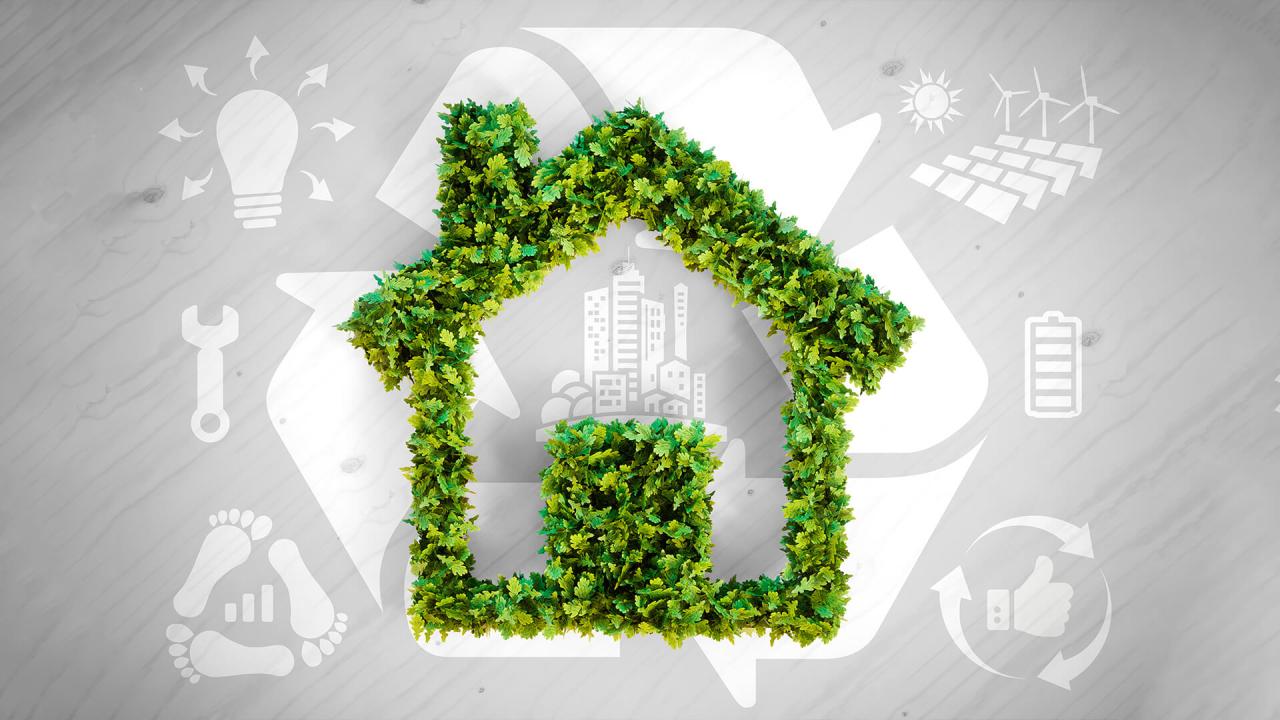The narrative of suburban growth is no longer just about outward expansion from urban cores; it’s a complex and dynamic story of reinvention, economic diversification, and evolving community aspirations. For decades, suburbs were often seen as bedroom communities, but recent shifts, accelerated by global events and technological advancements, have transformed them into vibrant centers of opportunity. Understanding these changes, from demographic migrations to economic restructuring and infrastructure development, is crucial for anyone looking to capitalize on the burgeoning potential within these areas. This comprehensive article delves into the multifaceted aspects of suburban evolution, exploring the driving forces, the new types of opportunities emerging, and the strategic approaches necessary to unlock their full potential for residents, businesses, and investors alike.
The Drivers of Suburban Transformation

The renewed vigor and opportunities in suburban areas are fueled by a combination of powerful demographic, economic, and technological trends that are reshaping how and where people choose to live and work.
A. Demographic Shifts and Lifestyle Choices
- Remote Work Revolution: Perhaps the single most significant catalyst for recent suburban growth is the widespread adoption of remote and hybrid work models. No longer tethered to downtown offices, many individuals and families are prioritizing larger homes, more outdoor space, and better affordability, which suburbs typically offer. This has led to an exodus from dense urban centers, particularly during and after the pandemic, directly fueling suburban population increases.
- Search for Affordability: Urban centers in many parts of the world have become prohibitively expensive, both for homeownership and renting. Suburbs, even rapidly growing ones, often present a more affordable entry point into the housing market, making them attractive to first-time homebuyers, young families, and individuals seeking more value for their money. This cost differential continues to draw people outwards.
- Desire for Space and Quality of Life: The pandemic highlighted the importance of space – both indoor and outdoor. Suburbs generally offer larger homes, bigger yards, and easier access to parks and green spaces, contributing to a perceived higher quality of life, especially for families with children. This appeal extends to a quieter environment away from the urban hustle.
- Aging Population’s Preferences: While younger families drive much of the growth, an aging population also plays a role. Many older adults seek to downsize from large family homes in older suburbs to newer, more manageable, but still spacious homes in communities with amenities, often choosing suburbs that offer convenience and services without the intensity of city life.
- Multi-Generational Living: Economic pressures and cultural trends are leading to an increase in multi-generational households. Suburbs often provide the larger home sizes and flexible layouts necessary to accommodate multiple generations under one roof, making them a practical choice for such family structures.
B. Economic Restructuring and Decentralization
- Job Decentralization: While historical job growth was concentrated in urban cores, a growing number of companies, particularly in tech, healthcare, and logistics, are establishing offices, campuses, and distribution centers in suburban areas. This creates local job opportunities, reducing the need for lengthy commutes into the city.
- Emergence of Suburban Business Hubs: Many suburbs are evolving beyond residential areas into robust business hubs with their own commercial districts, corporate parks, and innovation centers. These hubs attract new businesses and specialized talent, creating self-sustaining local economies.
- Retail and Entertainment Evolution: Traditional suburban malls are being redeveloped into mixed-use town centers, combining retail with residential, office, and entertainment options. This creates vibrant community focal points, providing amenities that previously required a trip to the city.
- Logistics and Supply Chain Growth: The boom in e-commerce has led to a significant increase in demand for warehousing and distribution centers, many of which are strategically located in suburban or exurban areas due to land availability and proximity to transportation networks. This creates industrial and logistics job opportunities in these areas.
C. Infrastructure Development and Connectivity
- Improved Transportation Networks: Continued investment in suburban road networks, public transit extensions (e.g., light rail, commuter trains), and even cycling paths are improving connectivity to urban centers and within suburban areas themselves, making them more accessible and attractive.
- Digital Infrastructure: High-speed internet (fiber optics, 5G) is becoming ubiquitous in many suburban areas, supporting remote work, online education, and digital entertainment. This robust digital infrastructure is a fundamental requirement for modern suburban living and economic activity.
- Development of Public Amenities: As populations grow, suburbs are investing heavily in public amenities such as new schools, libraries, community centers, sports facilities, and parks. These investments enhance the quality of life and attract new residents.
- Sustainability Initiatives: Many suburban municipalities are increasingly focused on sustainable infrastructure, including stormwater management, green energy initiatives, and preserving natural habitats, enhancing the long-term livability and appeal of these areas.
Emerging Opportunities in Suburban Growth

The transformation of suburbs is opening up diverse and lucrative opportunities across various sectors, from real estate to retail and technology.
A. Real Estate Investment and Development
- Residential Development (Single-Family and Multifamily): The surging demand for housing in suburbs creates prime opportunities for developers to build new single-family homes, townhouses, and even smaller-scale multifamily apartment complexes. This includes both traditional new construction and infill development.
- Build-to-Rent Communities: With many unable to afford homeownership, purpose-built rental communities in suburbs are a booming sector. These developments offer renters a suburban lifestyle with amenities, and provide stable, long-term returns for investors.
- Adaptive Reuse of Commercial Spaces: As traditional retail or office parks struggle, there’s a significant opportunity to redevelop these sites into mixed-use communities, incorporating residential units, smaller retail, and community spaces. This revitalizes dormant areas and adds density where it’s needed.
- Logistics and Industrial Properties: The demand for last-mile delivery and e-commerce fulfillment centers continues to grow, creating strong investment opportunities in suburban industrial real estate, particularly properties with good highway access.
- Senior Living Facilities: As the population ages, there’s a growing need for senior living communities in suburban settings that offer a range of care levels and amenities, providing a significant investment niche.
B. Commercial and Retail Opportunities
- Local Business Expansion: The influx of new residents and increased local spending power creates a fertile ground for small businesses, from cafes and restaurants to boutiques and service providers (e.g., dry cleaners, salons).
- Healthcare and Education Services: Growing suburban populations require expanded healthcare facilities (e.g., urgent care centers, specialized clinics) and new schools. Investing in or providing services to these sectors can be highly lucrative.
- Recreation and Entertainment Venues: With more people living and working in suburbs, there’s a rising demand for local entertainment options, including movie theaters, family entertainment centers, fitness studios, and cultural venues.
- Office and Co-working Spaces: While some remote workers stay home, others prefer a local, flexible workspace. This creates opportunities for smaller suburban office buildings and co-working spaces that cater to distributed workforces.
C. Technology and Service Innovation
- PropTech Solutions: The growth in suburban development creates a demand for property technology (PropTech) solutions that streamline property management, facilitate smart home integration, and enhance the resident experience in new communities.
- Last-Mile Delivery Services: With a more spread-out population, efficient last-mile delivery services for groceries, packages, and meals become even more critical, creating opportunities for logistical innovations and local delivery networks.
- Smart Community Technologies: Opportunities exist to implement smart city technologies at a suburban scale, focusing on energy efficiency, waste management, public safety, and connected infrastructure for local municipalities.
- Personalized Services: As suburban communities become more diverse and affluent, there’s a growing market for personalized services, including concierge services, in-home care, private tutoring, and specialized wellness programs.
Challenges and Strategic Considerations
While suburban growth offers significant opportunities, it also presents challenges that require careful planning and strategic responses.
A. Infrastructure Strain and Planning
- Traffic Congestion: Rapid population growth without adequate infrastructure upgrades can lead to severe traffic congestion, eroding the quality of life that attracted residents in the first place. This requires proactive planning for road expansion and public transit.
- Utility Capacity: Expanding populations place increased demands on water, sewer, and energy utilities. Ensuring sufficient capacity and investing in upgrades is critical to sustainable growth.
- School Overcrowding: New residential developments often necessitate the construction of new schools or expansion of existing ones. Failure to plan for this can lead to overcrowded classrooms and diminished educational quality.
- Maintaining Green Space: Balancing development with the preservation of natural habitats, open spaces, and environmental corridors is a constant challenge in rapidly growing suburbs. Sustainable planning is essential to avoid uncontrolled sprawl.
B. Affordability and Equity Concerns
- Rising Home Prices: As demand surges, even suburban areas can experience rapid home price appreciation, potentially eroding the very affordability that attracted residents. This can lead to new affordability challenges within these regions.
- Lack of Diverse Housing Options: Many suburbs are still dominated by single-family homes. A lack of diverse housing types (e.g., apartments, townhouses) can limit options for younger residents, seniors, and those with different income levels, hindering true inclusivity.
- Gentrification and Displacement: In some older, more affordable suburban areas experiencing revitalization, there’s a risk of gentrification and the displacement of long-term residents who can no longer afford rising costs.
C. Ensuring Sustainable and Resilient Growth
- Environmental Impact: Uncontrolled suburban sprawl can lead to increased carbon footprints (due to longer commutes), habitat destruction, and strain on natural resources. Sustainable planning is crucial to mitigate these impacts.
- Climate Change Vulnerability: Suburbs, like all areas, are susceptible to climate change impacts (e.g., extreme weather, flooding). Developing resilient infrastructure and integrating climate adaptation strategies into planning is essential.
- Maintaining Community Character: Rapid development can sometimes erode the unique character and sense of community in existing suburban neighborhoods. Thoughtful planning that respects local identity is important.
Strategies for Unlocking Suburban Potential
To effectively leverage suburban growth opportunities and navigate associated challenges, a multi-faceted and collaborative approach is essential.
A. Forward-Thinking Urban Planning
- Master-Planned Communities: Develop comprehensive master plans that integrate residential, commercial, recreational, and green spaces, ensuring cohesive and sustainable growth.
- Mixed-Use Zoning: Implement zoning regulations that encourage mixed-use development, allowing for a blend of housing, retail, and office spaces within walking distance, fostering vibrancy and reducing car dependency.
- Transit-Oriented Development (TOD): Focus development around existing or planned public transportation nodes to encourage transit use, reduce congestion, and create accessible, dense communities.
- Infill and Redevelopment: Prioritize infill development on underutilized or vacant parcels within existing suburban areas, and encourage the adaptive reuse of existing buildings, rather than constantly expanding into new undeveloped land.
B. Strategic Economic Development
- Attract Diverse Industries: Develop economic development strategies to attract a diverse range of businesses to suburban areas, creating varied job opportunities and reducing reliance on any single sector.
- Support Local Businesses: Implement programs and incentives to support existing local businesses and encourage new entrepreneurial ventures, strengthening the local economy and community fabric.
- Workforce Development: Invest in workforce training and education programs tailored to the needs of local industries, ensuring a skilled labor pool for growing suburban economies.
- Branding and Marketing: Effectively brand and market suburban areas as attractive places to live, work, and invest, highlighting their unique amenities, quality of life, and economic opportunities.
C. Community Engagement and Investment
- Inclusive Planning Processes: Engage residents, community groups, and local businesses in the planning process to ensure that suburban growth reflects community values and needs, fostering a sense of ownership.
- Investment in Public Amenities: Continuously invest in high-quality public amenities, including parks, trails, libraries, and community centers, to enhance the quality of life for residents and attract new ones.
- Affordable Housing Initiatives: Implement policies and programs to ensure that a portion of new suburban development includes affordable housing options, promoting diversity and preventing displacement.
- Sustainable Practices: Prioritize sustainable building practices, green infrastructure, and renewable energy initiatives to ensure suburban growth is environmentally responsible and resilient to climate change.
Conclusion
The era of the “bedroom community” suburb is rapidly receding, giving way to dynamic, multi-faceted suburban centers that are increasingly self-sufficient and vibrant. Driven by factors like remote work, the pursuit of affordability and space, and decentralized job growth, suburban areas are presenting unprecedented opportunities for investment, development, and community building. While challenges related to infrastructure, affordability, and sustainable planning persist, strategic foresight and collaborative efforts can transform these areas into thriving hubs that offer a superior quality of life. By embracing innovative planning, fostering economic diversity, and investing in resilient infrastructure, we can truly unlock the vast potential of suburban growth, shaping the next generation of desirable places to live, work, and thrive.













